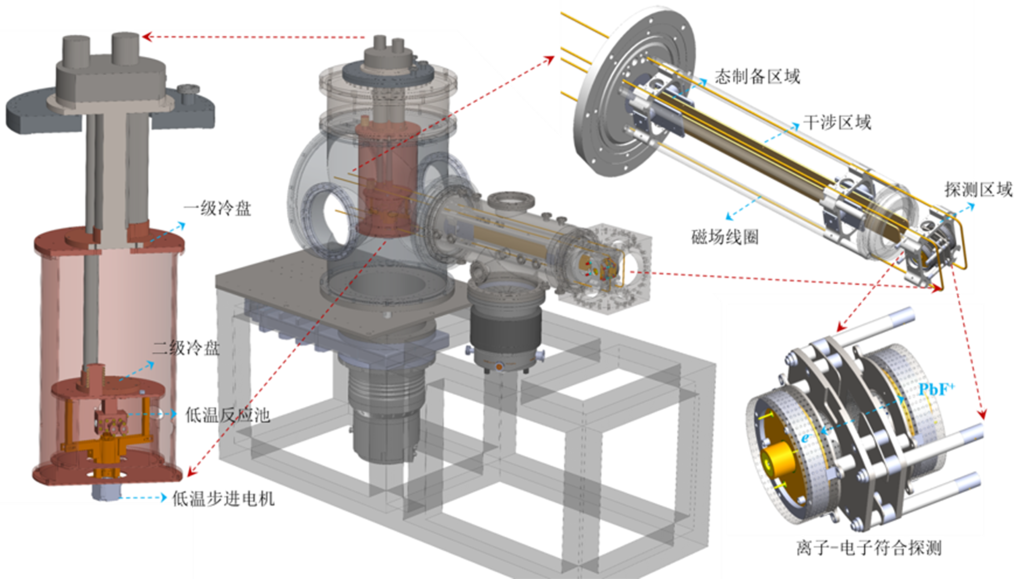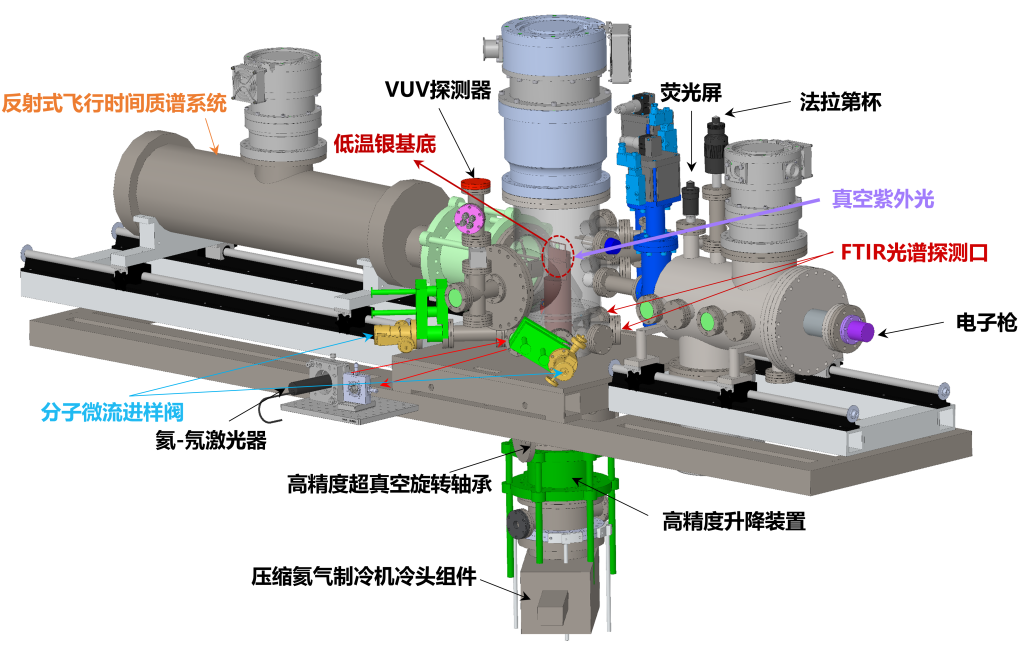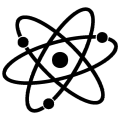Precision Measurement of eEDM: Exploring New Physics beyond the Standard Model

The fundamental particles may possess permanent electric dipole moments (EDMs) that are able to explain the T-reversal violation or CP-violation, the asymmetry of anti-matter over matter and so forth. Different theoretical models beyond the Standard Model predict EDM values which are attainable nowadays by the aid of the laser technology, molecular beam development and other techniques. Here we plan to carry out a fully optical double-resonance quantum beat measurement of the electron’s Electric Dipole Moment (eEDM) using a heavy diatomic molecule PbF. The molecular beam of molecules created in a buffer gas cooling apparatus enters a region of space where it is polarized and a specific mixture of quantum states is selected. The beam travels an appropriate distance, and then the quantum state is probed to determine the quantum phase accumulated between the state preparation region and probe region. Here we seek to move towards a new upper limit on the eEDM using a beam of PbF molecules that travel 40 cm through a region of uniform electric field in an optical quantum beat experiment. We also plan to test the precision of our calculations of geometric phase by implementing a voltage-controlled geometric phase rotator. Finally, if time permits, we will evaluate Stark guides for their suitability in an eEDM measurement. By allowing state-selected molecules to be guided in a long two-dimensional trap, a guided eEDM measurement would achieve the coherence time that is comparable to the ion trap but probably longer than that of a conventional molecular beam machine. We also seek for heavy diatomic molecules that are both laser-cooled and capable of an eEDM measurement like the HgF molecule. Eventually, our experimental search for non-zero eEDM beyond the limit of 10E-29 e۰cm will inevitably contribute the exploration of the CP-violation and new physics beyond the Standard Model on a scientific platform based on cold polar molecules that is obviously different from large facilities such as the Large Hadron Collider.
Molecular Reaction Dynamics: Chemistry in the Universe

The overeaching goal of this joint project (Shanghai-Hawaii-Hefei Advanced Research Center) is to explore experimentally in an innovative ultra-high vacuum space simulation chamber the formation of key classes of complex organic molecules (COMs) – organic molecules containing atoms of carbon, hydrogen, oxygen, and nitrogen – upon interaction of ionizing radiation in the form of galactic cosmic rays (GCRs) and Lyman α photons with interstellar ice analog samples, and to constrain the level of molecular complexity of organic molecules that can ultimately be synthesized in the interstellar medium (ISM). These key classes are aldehydes (HCOR), ketones (RCOR’), carboxylic acids (RCOOH), esters (RCOOR’), amides (RCONH2), and isocyanates (RNCO). Those objectives are achieved by systematically replicating the conditions of ice-coated interstellar grains in a novel, next-generation ultra-high vacuum surface scattering machine through the exposure of interstellar ice analog samples resembling ices in cold molecular clouds as well as in low- and high-mass star forming regions at astrophysically relevant temperatures (10 K to 50 K) to ionizing radiation in form of secondary electrons generated in the track of galactic cosmic rays and Lyman α photons (10.2 eV). This research follows a radically distinct approach by probing the synthesis of COMs on line and in situ upon sublimation of COMs into the gas phase via the progressive technology of tunable, fragment-free vacuum ultraviolet (VUV) photoionization. This unique space simulation chamber allows the extraction of transformative concepts on the synthesis of COMs in interstellar ices upon exposure to ionizing radiation by exploiting a novel technology through the exploitation of tunable vacuum ultraviolet photoionization as delivered from a synchrotron (Hefei).
